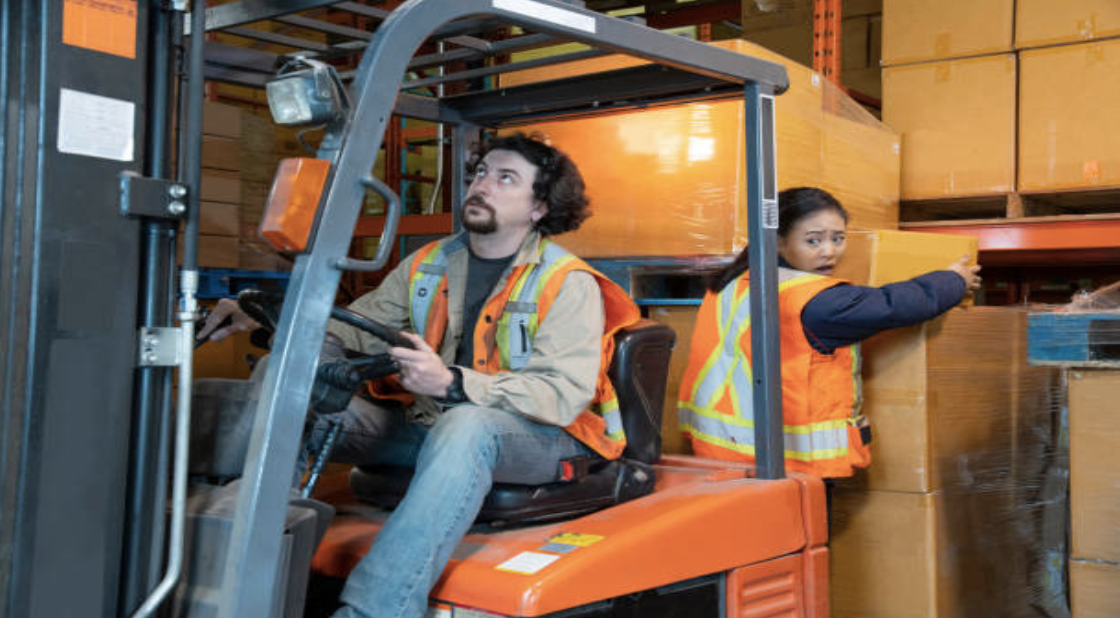Simply reading the term ‘OSHA inspections’ is enough to frustrate or worry managers, business owners, and professionals across diverse industries. The good thing is you can manage this stress by taking good initiative managing the inspection by getting yourself ready before, during, and after the inspection.
So how to prepare for an OSHA audit? By doing simple things like performing hazard and safety assessments, as well as preparing your staff, you can get a head start to acing the inspection.
With the right preparation and outlook, you can erase all negative feelings that you have towards OSHA inspections. At the end of the day, the whole point of an OSHA inspection is to clarify the safety diameters within your industry to maintain the well-being of your team members and employees. To ensure your business can tackle this audit the right way, you have to prepare beforehand. As a safety professional, you are required to be prepared so you and your industry can reap the benefits of a safe workplace.
What can I expect from An OSHA audit?
To know what your audit stands for, you need to know what to expect. OSHA stands for Occupational Safety and Health Administration and is a part of the United States Department of Labor. It works to ensure safe and healthful working conditions for employees by enforcing and creating standards. It also provides assistance, education, training, and outreach to promote safe workspaces.
It is important to remember that OSHA rarely gives out advance notice before they decide you inspect your workspace. By always expecting the unexpected, you can be fully prepared when the audit happens. To assume that OSHA will skip over your business because other places deserve an inspection more than you is not going to lead you anywhere. This is wishful thinking and it leaves many businesses unprepared for when the inspection does take place.
The first part of the inspection is when a certified inspector comes to your workplace. Usually, they show their credentials but if they delay this, then you can request to see their credentials before you allow them in your workplace.
You can show them into the waiting or reception area while you notify your employees, managers, and any other related parties about their presence. If you have any doubts about the validity of the inspector, you can always call your local area’s OSHA director to be certain.
You will find that most OSHA audits follow a pretty similar pattern. This includes the opening conference, a walkaround, and then a closing conference. OSHA usually completes its audits within the first 6 months of the start date.
That is why it is smart to be prepared for them to return any day within those 6 months. This depends on if they have the necessary reason to do so. But at the same time, these drawn-out audits are rare. The audit usually lasts for a few days before it is completed.
Who Exactly Does OSHA Audit?

OSHO scans the most dangerous sites within your workspace and focuses all of its efforts there. It will also reach out to companies whose workers have filed official complaints or referrals generated by agencies, media, or organizations for companies.
In other words, it is safe to assume that OSHA is most likely to inspect places where safety regulations are crucial to adhere to although they have the right to inspect any part of your business for safety compliances.
OSHA knows the industries which put employees most at risk. This is because all businesses no matter how big or small have to report their fatalities and serious injuries to OSHA directly. A good example of this is construction workers who have high-risk jobs and have the most incidents of deaths occurring in the industry. This is why construction worksites are a major potential place for an OSHA audit.
How to prepare for an OSHA Audit
Prepping for an audit is just as important as going through the actual audit. Below are some of the ways you can prepare for an expected or random OSHA audit:
1. Perform Hazard Assessments before the Audit
OSHA is required to test employers to see if they can perform a job hazard analysis. This is usually for any and every type of job that the employees do in the workspace. According to OSHA, the definition of the term “hazard” means potential for harm. This means that hazards can happen at any point and can take many forms.
Depending on the industry, these hazards may vary. A job hazard analysis consists of OSHA identifying what type of hazards can exist on a job site and how exactly the employers deal with these hazards to reduce them.
OSHA needs to ask you about this because this gives them a better view of how you identify hazards at the workplace or job site before they happen. This mainly focuses on the environment of the workers, the workers themselves, the tools used and the task to be completed.
The proper answer to give for a hazard assessment is to ensure you take the necessary steps to decrease hazards to a minimum level or to eliminate them completely. Managing all this before an OSHA inspection will help you with your inspection when the time comes.
2. Perform Safety Trainings before the OSHA audit
The OSHA inspector coming to you is likely to check if your employees have learned the proper safety training to do tasks safely. In regards to this, your employee safety training should be updated meaning safety certificates for your employee should be recently achieved and current.
All in all, you may need to provide proof that shows that your employees have completed the latest safety training as it is highly unlikely that the OSHA inspector is going to check every employer. One way of making your job easy is to get safety training online.
This gives you digital results readily and motivates employees to follow their safety training at their own pace. This gives higher completion rates and more retention.
3. Keep Records for OSHA Audits
You can prepare well for an OSHA inspection by keeping daily records of your work. Your OSHA inspector is likely to see your records, reports, and other various pieces of information. By presenting these documents in an organized and easy way, you increase the chances of passing. This also echoes your company’s devotion to safety protocol.
Keeping records of every training course that your employee completes is a good way to start. Also, ensure that the employees working under you know safety policies and where you applied them throughout the facility. Something as little as getting your employees to sign to prove that they understand the safety policies goes a long way. You can do the same for completing training assessments. You can also have your employee complaints available along with the information stating you have handled and managed each complaint.
Some other documents to keep in mind at the time of your audit are insurance claims, worker compensation files, training records, and third-party audits.
4. Perform an Internal Audit before an OSHA Audit
Even though internal audits are hard to keep 100% bias-free, they do an excellent job at making you more aware of the workplace’s current safety standards before the OSHA inspector comes knocking at your door. Third-party audits not only are a great way to get feedback but they also show you the true success behind all the safety protocols you have invested in.
You can easily oversee internal audits, getting the important information you need to see how your safety program is doing. As a safety professional, you can find troubleshooting areas that could become potentially noncompliant that you had not gone through before.
If you make internal audits a monthly or even a quarter-yearly thing, you will wind up feeling more confident if an OSHA inspector comes out of the blue.
5. Prepare employees for OSHA Audits
A crucial element to preparing yourself for the OSHA audits is to make sure your employees are prepared as well! This way you will not only make a good impression for future audits but receive a positive report as well. You can start by informing your employees about their rights during an OSHA inspection.
An example of this can be; your employees do not have to speak to the OSHA inspector but they must answer honestly if and when they choose to reply. Another example is that your employees can deny the inspector from recording any conversations.
Employees can also ask the inspector to present the statement in their native language before they sign it. You can also make sure that your employees request a copy of the witness statement they sign. Your employees have the right to deny a request to sign the witness statement. You can educate your employees about signing any documents only if they have read through them to ensure that they are correct.\

Wrapping up
Preparing for an OSHA audit is hard work. Make your next audit easier by using Field 1st. By using Field 1st, you can go paperless in the field, reinforce best practices, and access real-time data.
Why not keep all your reactive and proactive activities in one place, making collaboration and management an easy task for you and your team. Field 1st helps reduce your risk and increases business intelligence so you never have to worry about OSHA audits again.


